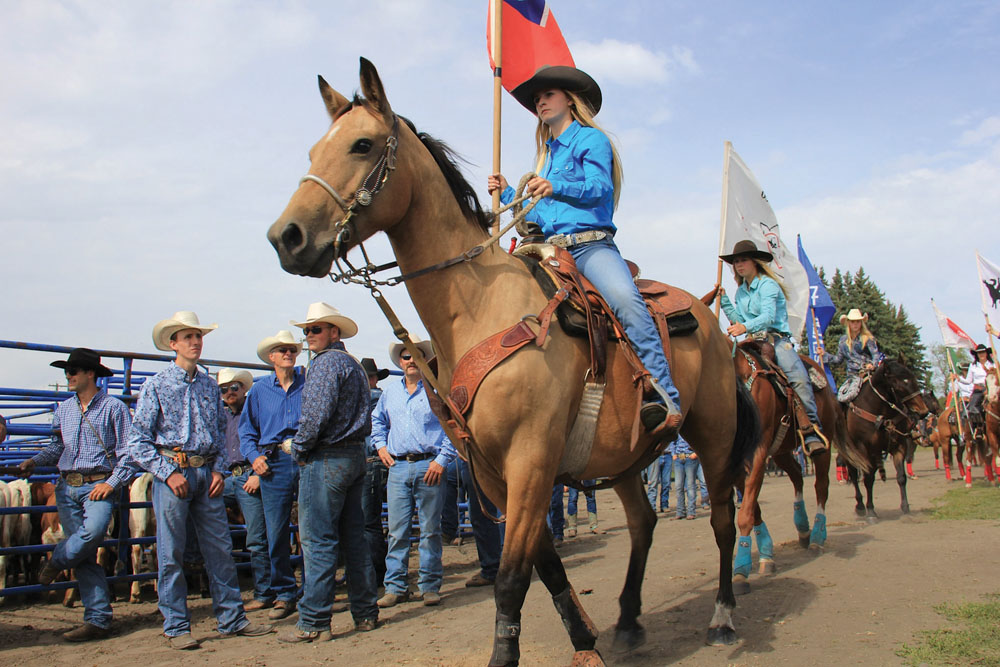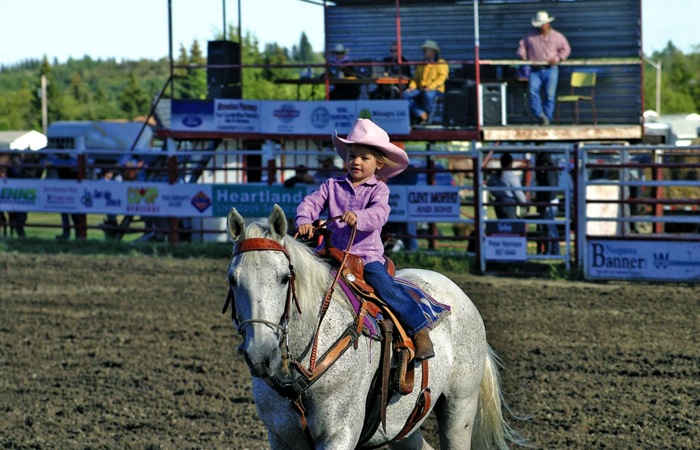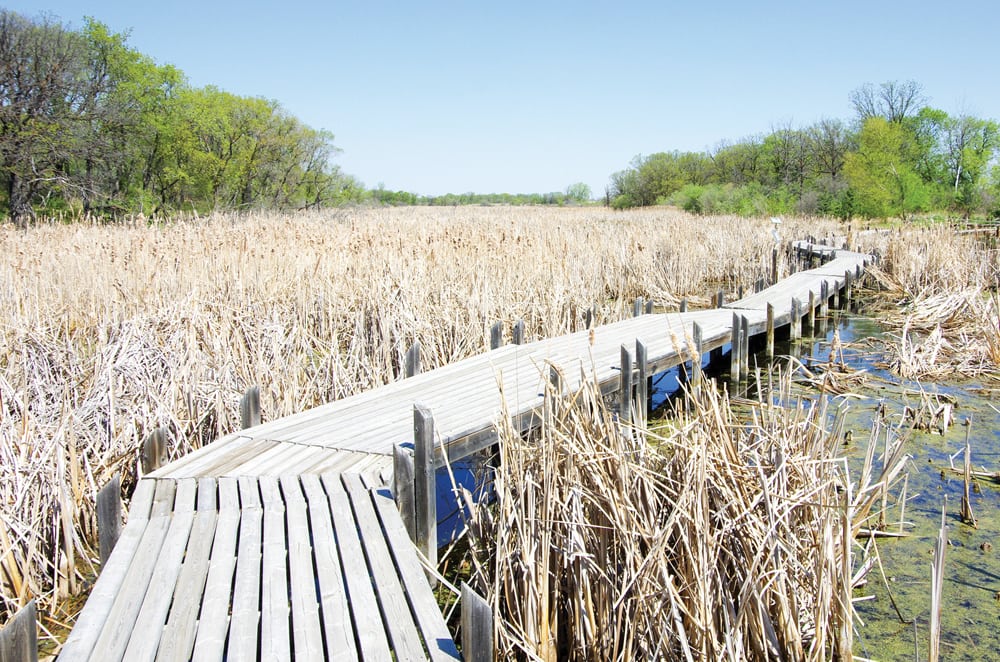My childhood school field trips were a welcome relief from routine and a chance to see and experience the wider world. An escape!
I had many. In 1967 — Canada’s 100th birthday — my Grade 1 class visited the ‘Centennial Train’ in Neepawa. In Grade 3, we visited Oak River for a day of sports where, it seemed, every shorter boy could beat me at the 100-yard dash.
However, a trip at the end of my Grade 9 year was a particularly epic journey — one I expect my classmates still recall.
Read Also

Manitoba Ag Days 2026 coming up fast
Canada’s largest indoor farm show, Manitoba Ag Days, returns to Brandon’s Keystone Centre Jan. 20-22, 2026. Here’s what to expect this year.
It was June 1975. We left Minnedosa for a five-day adventure, weighed down by camping equipment, extra clothes and food. We students hadn’t heard of Matheson Island, but that was our destination.
With the supplies, chaperones, and 55 kids, we were a three-bus parade. We roared through Manitoba’s capital and headed northwards along the western shore of Lake Winnipeg.
Local fishermen greeted us at the docks. After ferrying us across five miles of open water on a windy day, we were safe on dry ground again and set up our camp.
The island was home to an Indigenous fishing village. We spent a day exploring, especially the convenience store. The shopkeeper sold older inventory potato chips and chocolate bars. I know — I tasted them.
A few of us fished off the dock trying to pull supper out of one of the largest freshwater lakes in the world. Luck eluded us.
A day later we left the island and looped around the lake to the eastern shore. There we toured the Pine Falls Pulp and Paper Mill. The odour overwhelmed the small town, but I suppose it was the ‘smell of profit.’
From there we ventured towards the Canadian nuclear facility at Pinawa. For me, the fascinating features were the robotic “hands” that researchers manipulated behind thick protective glass. The actual reactor was anchored in the thick underlying rock, which marks the western edge of the Canadian Shield.
We were not assigned to specific buses. Mine featured a rough-and-tumble farmer driver, who used to cuss randomly. “Well I’ll be %#$@*, we’re at Brokenhead,” he exclaimed. “Nobody mentioned this #$%& gravel road.”
At the first chance, I chose another bus. Others, in fact switched to his bus, probably to learn a more colourful vocabulary.
We headed for Whiteshell Provincial Park and the Lone Island Lake campground. We camped in small groups of two to six people, and shared tents and food. Things were well under control in our compound as the sun set.
Suddenly, a commotion erupted. A black bear had appeared and with one swipe of its paw, peeled open a tent. Then it ripped open another one!
Panic spread among the students. However, the adults seemed to know what to do. They lit big bonfires at each corner and kept them ablaze all night, all the while patrolling the perimeter.
Andy Murray, our phys. ed. teacher, was one of those chaperones. He later coached pro hockey with St. Louis and Los Angeles.
We had a roomy six-person tent, and so our group accommodated two refugees from the ripped tents. That close encounter of the bear kind was too much excitement. Our hyper-chatter went on past midnight. We finally, fitfully, drifted off to sleep.
Because of the incident, we cut our stay to one night. We did hike though. A few buddies and I veered off the beaten path. Behind a bush we found two bear cubs. We saw no mother, so we chased them. One brushed past me. I managed to run my hand along its back. I recall the hair was rougher than our farm dog’s, and it stank. We rejoined the larger group quickly and quietly.
Nobody wanted to stick around. We packed up, headed for the Interlake area and across the causeway at The Narrows, which cuts Lake Manitoba in half. On the west side, we met an infestation of tent caterpillars.
I’m not saying the highway was greasy, but one bus driver found new superlatives. “These slimy worms will land us in the @#$%* ditch,” he said, as reported my buddy Wayne.
We camped near Alonsa on the western shore of Lake Manitoba, another great inland sea. There were no bears or worms in sight — only garter snakes.
A few of us rose earlier to watch the sunrise across the lake. God’s wonderful pastels!
We knew the trip was nearly over because we were getting low on food and short on temper. For our tent group of six, our last breakfast was fried Klik luncheon meat and half a bottle of warm Pepsi. That grim fare sparked feuds about food management.
We got back to Minnedosa that afternoon, and dispersed. We used all summer to heal frayed nerves and strained friendships. Plus — that gave us a few months to embellish the events.















